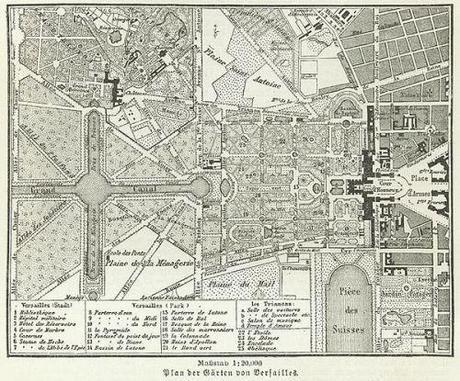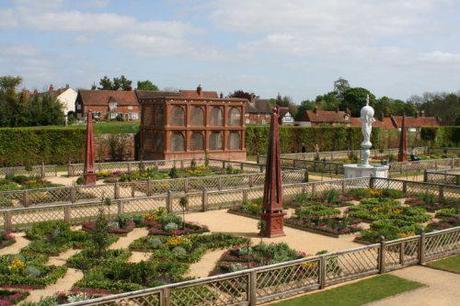
I am becoming increasingly convinced that the English are a nation of magpies. We seem to have an innate ability to pick and choose the best bits of various cultures and make them our own. You only have to look at the range of cuisines we enjoy on a regular basis to see what I mean.
In horticultural terms we have tracked down and collected plants from around the world for centuries to the point where our native flora isn’t always obvious. However, I have also learnt this week that this ‘stealing’ also relates to our garden design history. I have started an online learning course through the University of Oxford Continuing Education Department. It is a short 10 week course which looks at landscape history in England from Elizabethan times to the present.
It is quite an intense course. You never know with distance learning courses what to expect. I did my degree with Open University this way and it was a long slog but lots of interaction with other students on-line and way before blogs and twitter. Last year I tried the RHS level 2 via distance learning and it was awful there seemed to be no interest from other students to interact and I really missed this. This new course so far has already been a steep learning curve and participation in on-line discussions is a key part of it which is great. There are students from the UK, S Africa, USA and Europe which makes for an interesting group.

The recreated Kenilworth Garden courtesy of GardenVisit
This week we are looking at the background to formal gardens. Starting with the recreation of Kenilworth garden and in particular whether it is possible to recreate a garden based purely on information in a letter. Then we explored the canals and bosquets (wooded glade) of Versailles and the parterres of Badminton. Moving swiftly on to Wilton House and ending the week with the work of London and Wise who seem to have the monopoly on garden design in the early 17th century.
I have learnt that the prevalent style at the start of the 17th century was Baroque. However being English, and hence my opening comments, we created English Baroque which took: canals, topiary, grid like orchards from the Dutch; elaborate parterres and tree-lined avenues from the French and fantastical rockwork, cascades, grottoes and water tricks from the Italian. I have still quite a bit of reading to do on this section and lots of online plans and illustrations to peer at trying, such as the one of Versailles at the top of the post. Oh and I have also learnt that there are three different types of parterre and the English replaced the much-loved coloured gravel of the continental gardens with smooth and beaten grass – no surprises there!
Next week we are moving on to look more specifically at the gardens of William and Mary period so no doubt the parterres and canals will be much in evidence. I just hope I can keep up but I suspect the blog might suffer for a bit while I do.
Advertisement

